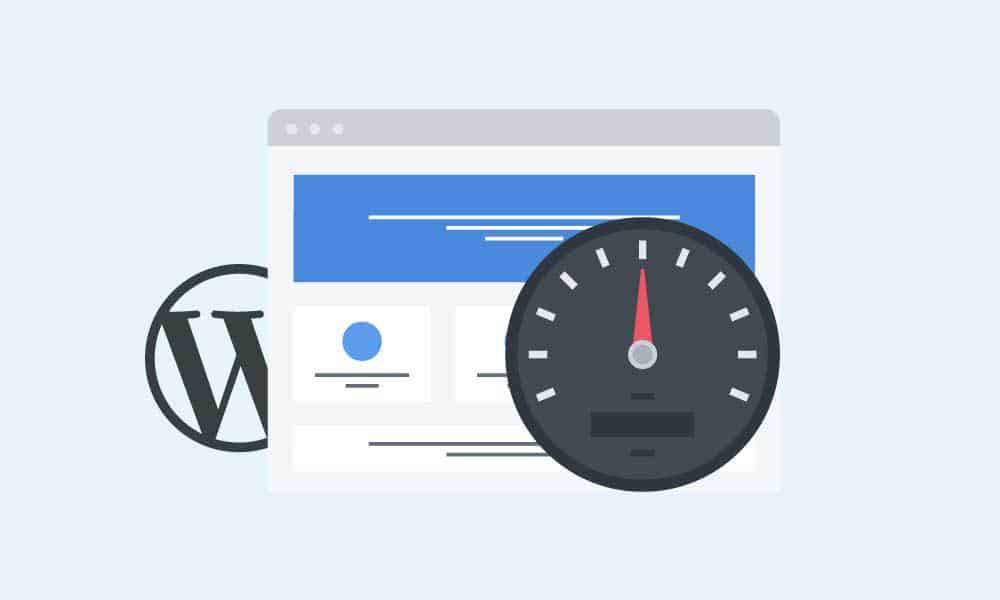
13 Dec Top 5 WordPress Security Tips That Beginners Often Ignore
Since the explosion of the internet and world wide web onto the world in the early 90’s, open sourced software platforms like WordPress have given people the freedom to create new projects at will.
With this new found freedom and more people utilizing it each day for a variety of reasons, WordPress users are exposed to a number of potential security risks that you wouldn’t experience with other platforms.
Most of the time it’s not the users fault for being exposed to WordPress security issues, given the amount of complexity that can be involved, but fear not, in this article we are presenting our top 5 WordPress security tips that will help you avoid any future issues.
- Understand Cybersecurity Weaknesses
When a breach in ones cyber security network is discovered, people often begin to scour their online searches and downloads for malicious software.
More often than not, security starts with your computer or device, so if there are weaknesses in your connected device, it leaves you open to vulnerabilities on the internet as well.
To solve this common mistake, ensure your computer has some form of anti-virus software installed. Just be certain that the anti-virus software you choose has a proprietary firewall programmed into your device’s operating system. It would also be helpful to use a VPN service to protect yourself against risks associated with connecting to public Wi-Fi hotspots and other unsecured networks.
Additionally, keeping your WordPress site in top condition is crucial, and WP Maintenance can be a key tool in your arsenal. This plugin allows you to put your site into maintenance mode during updates or when making changes, displaying a user-friendly notice to visitors, instead of a broken site. It’s a professional way to manage your site’s downtime while you work on improvements or resolve issues. Check out WP Maintenance to keep your site polished and professional, even during updates.
WP Login LockDown is an important plugin for website security because it helps protect against a common form of online attack known as “brute force attacks”. In a brute force attack, a hacker attempts to guess a website’s login credentials (username and password) by repeatedly submitting different combinations until they find the correct one.
WP Login LockDown works by limiting the number of login attempts a user can make within a certain time period. After a certain number of failed login attempts, the plugin will block access to the website from that specific IP address. This prevents the attacker from continuing their brute force attack and gaining access to the website.
By using WP Login LockDown, website owners can significantly reduce the risk of their website being hacked. The plugin adds an extra layer of security to the website’s login page, making it more difficult for attackers to gain access. This can help protect sensitive information on the website and prevent damage to the website’s reputation. Overall, WP Login LockDown is an important plugin for website security and should be considered by all website owners who use WordPress.
Another significant aspect of maintaining your site’s security involves managing how traffic is directed, especially if URLs change or if you remove pages. WP 301 Redirects helps you automatically handle this by ensuring visitors and search engines are directed to the right place, reducing errors and improving your site’s SEO. Mismanaged redirects can expose your site to security risks by potentially creating vulnerabilities. Visit WP 301 Redirects to simplify and secure your site’s redirection process.
- Select A Reputable Web Hosting Provider
A good number of cyber attack payloads extend far beyond the security of your hardware and can be present in the form of malicious software sent via your web hosting platform.
Since most open sourced WordPress sites require a domain to be hosted on the internet, web administrators must ensure their site is protected on the internet as well given the hosting company is the first line of defense when operating on the internet.
It is very important that hosting providers have services that optimize WordPress hosting for faster loading times, additional security layers, premium support, access to daily backups, automatic updates, and no downtime when making changes to your website.

Next, make sure the web hosting provider you choose supports and updates their platforms to utilize current versions of internet software technology, like PHP, HTML, MySQL, etc.
Take a little longer and insure the host utilizes firewalls and regularly scans for malware and standard intrusions of their platform so you don’t have to worry about stopping attacks before they come to light.
Enhancing user experience is also a part of maintaining a secure and efficient WordPress site. WP Sticky allows you to make any element on your site sticky, like a navigation menu or a call-to-action button, ensuring it stays visible at the top of the page as visitors scroll. This not only improves usability but keeps important security and contact information in constant view. Learn how WP Sticky can make your site more user-friendly and secure by keeping essential elements always accessible.
- Select Themes and Plugins From Trusted Sources
One of the best features, yet massive vulnerabilities of WordPress for beginners is the massive amount of free themes and plugins one can utilize to spruce up their site or simplify tasks.
When it comes to adding a personal touch to your articles, Simple Author Box is a plugin that lets you easily add a responsive author bio at the end of your posts, showing the author’s name, description, and social media links. This not only adds credibility to your content but also ensures that the authors’ identities are secure and correctly presented. Integrating personalization and security, visit Simple Author Box to enhance your posts with professional author bios.
Even though most themes and plugins are free, take a second to see through the rose colored glasses and consider the consequences of downloading and installing software from an unknown source. To put things into perspective, poorly coded or malicious plugins accounted for almost 50% of all breaches in WordPress sites.
If you already have a lot of plugins and a theme installed, you may find your site is performing a little more sluggish than usual. Not only does running excess programs slash your performance standards, it also leaves many backdoors for the nefarious hacker to exploit when given the opportunity. Do some digital housekeeping and figure out what you want to keep or uninstall.
Beginners should be careful where they are downloading files and only trust links from trusted websites like wordpress.org or 85ideas.com for WordPress themes or plugins.
- Keep Login Access Strict
Although it should be a no brainer, be extremely selective of who you do and don’t choose to give access to your website. If you’re unsure of a person or what they’d do with access to your website, do not give them access to it.
If you have a team member or someone in mind who would be an asset instead of a liability, give them controlled access with yourself as an administrator of their login credentials so you will have strict control over what they can and cannot do on your site. Thankfully WordPress has these capabilities already built into the software, so you shouldn’t have to mess around with assigning security credentials too much.
- Implement Added Security Measures
While on the topic of securing login information, it would be wise to utilize features such as Two Factor authentication, which requires an extra step for those attempting to access your website login page. You can also utilize technology such as code generators or captcha generators that automatically block out bots attempting to gain access to your site.
Another added security measure to use is limiting the amount of login attempts users have when trying to figure out their password. If they put in the wrong password you assigned them more than the amount allowed by the system, their IP address is tagged and then banned from accessing your site permanently or temporarily.
One drastic, yet highly effective security measure is electing to camouflage the website login page altogether. Most WordPress sites come with a predetermined login page that adheres to a specific URL address. However, with small technical adjustments, you can change the login domain address to whatever you choose so the automated scripts with malicious intent would be unable to access your website via common penetration methods.
In addition to camouflaging your login page, implementing a robust solution to distinguish between human users and automated bots is crucial. WP Captcha offers a powerful tool for this purpose, integrating captcha tests into your login, registration, and comment forms. By challenging users to complete tasks that are easy for humans but difficult for bots, WP Captcha effectively blocks a wide array of automated threats, further securing your WordPress site against unauthorized access and spam. Strengthen your site’s defenses by exploring WP Captcha, a must-have plugin for ensuring genuine user interactions.
If the information on your website is extremely sensitive, you can add encryption that offers several layers of added security. By doing so, it enables information to be transmitted between yourself and the intended recipient you have chosen with the proper keys to access the data, effectively locking out anyone you don’t want to have access.
Conclusion
As you can see, information security is more of an abstract concept as opposed to an absolute construct. Your information is only as secure as you allow it be, your WordPress site included.
Don’t fall victim to rookie mistakes and risk compromising your information and the user database on your site, so take the steps to insure your WordPress website remains secure over the long term.




No Comments